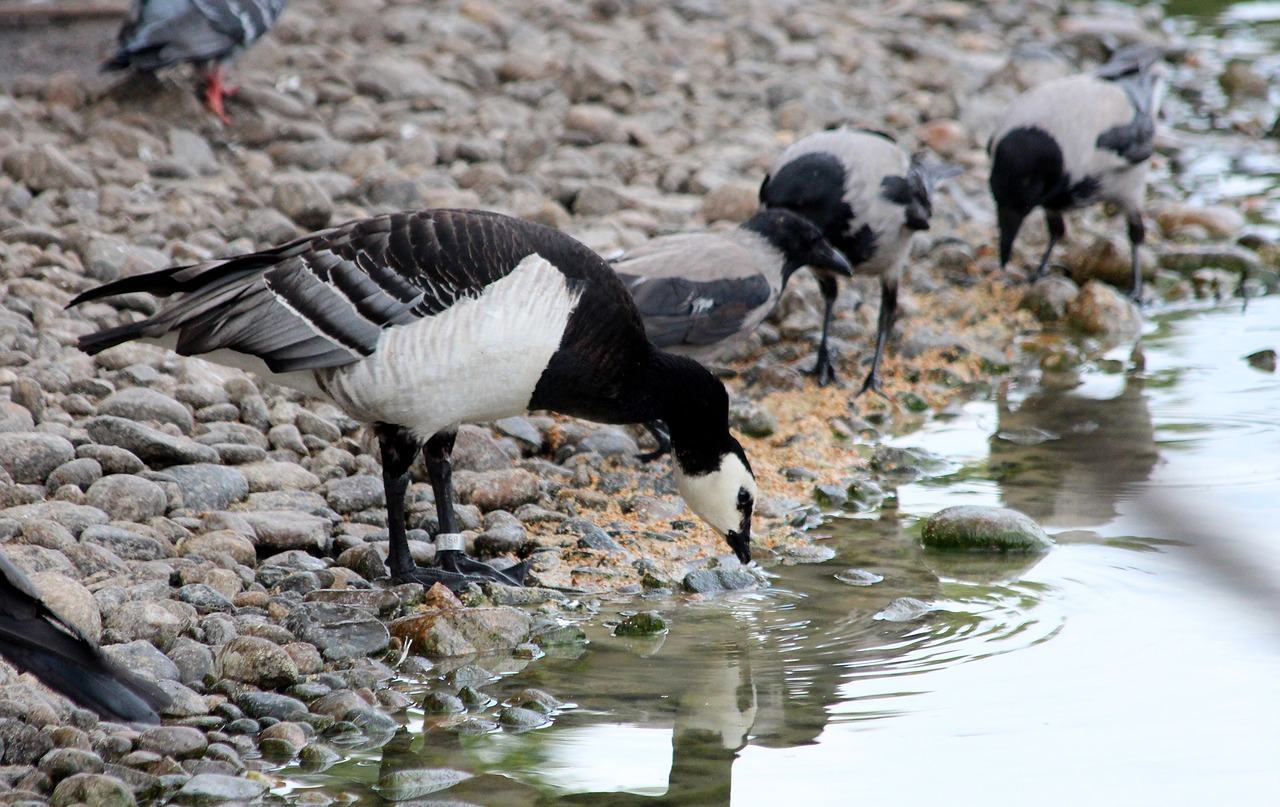Vårsträcket av vitkindad gås Branta leucopsis och prutgås Branta bernicla över Sverige
DOI:
https://doi.org/10.34080/os.v8.22950Nyckelord:
klimateffekter, populationsstudier, mellanartsvariation, flyttstråk, tid för migration, fenologiAbstract
Numbers of migrants, flock sizes, influence of winds, geographical pattern, and timing of spring migration of Barnacle Goose Branta leucopsis and Dark-bellied Brent Goose Branta bernicla bernicla over Sweden during 1981–1995 are reported. Both species showed a general increase in passing numbers during the period, in good agreement with overall population trends. Flock sizes of Brent Geese in Sweden were larger than those at departure from the Wadden Sea while flock sizes of Barnacle Geese were similar in Sweden and at the Wadden Sea. Flocks migrating overland were larger than flocks following the coast for both species. There was a preference for migrating in tailwinds. Normally 70–90% of all observed birds (both species) were recorded in the most southern provinces. Median dates of passage was 19 April for Barnacle Goose and 25 May for Brent Goose. The time pattern of Barnacle Goose changed during the period with a higher proportion passing in May during the later years of the study. Timing of Brent Goose passage did not change, although it was delayed in headwind years.
Nedladdningar

Downloads
Publicerad
Referera så här
Nummer
Sektion
Licens
Författaren/författarna innehar copyright för varje enskilt bidrag, men samtliga bidrag är publicerade under en Creative Commons-licens, så att vem som helst kan dela och återanvända bidraget förutsatt att copyright-innehavaren erkänns.







